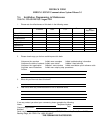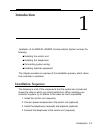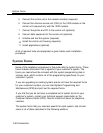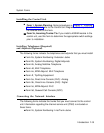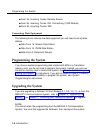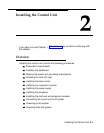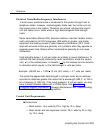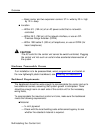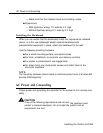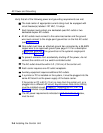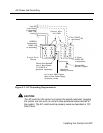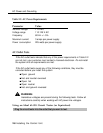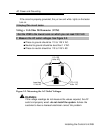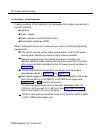
Overview
Electrical Noise/Radio-Frequency Interference
In most cases, electrical noise is introduced to the system through trunk or
telephone cables. However, electromagnetic fields near the control unit can
also cause noise in the system. Therefore, you should not place the control
unit and cable runs in areas where a high electromagnetic field strength
exists.
Radio transmitters (AM and FM), television stations, induction heaters, motors
(with commutators) of 0.25 horsepower (200 watts) or greater, and similar
equipment are leading causes of radio-frequency interference (RFI). Small
tools with universal motors are generally not a problem when they operate on
separate power lines. Motors without commutators generally do not cause
interference.
Field strengths below 1.0 volt per meter are unlikely to cause interference. To
estimate the field strength produced by radio transmitters, divide the square
root (
✔
) of the emitted power, in kilowatts, ( : ) by the distance from the antenna
in kilometers which equals (=) the field strength in volts per meter.
Example: {49,000 kw = 7,000 : 10 km (6.2 miles) = 0.7 volts per meter
This yields the approximate field strength in volts per meter and is relatively
accurate for distances greater than about half a wavelength (492 ft., or 150 m,
for a frequency of 1000 Hz). If the result exceeds 1.0 volt per meter, you may
have to install shielded cables and or Z200A filters. See Appendix A,
“Customer Support Information,” following Maintenance and Troubleshooting,
for FCC Part 15 radio frequency regulations.
Control Unit Requirements
■ Dimensions
— Basic carrier: 14 in. wide by 23 in. high by 12 in. deep
— Basic carrier and one expansion carrier: 25 in. wide by 23 in. high
by 12 in. deep
Installing the Control Unit 2-3




